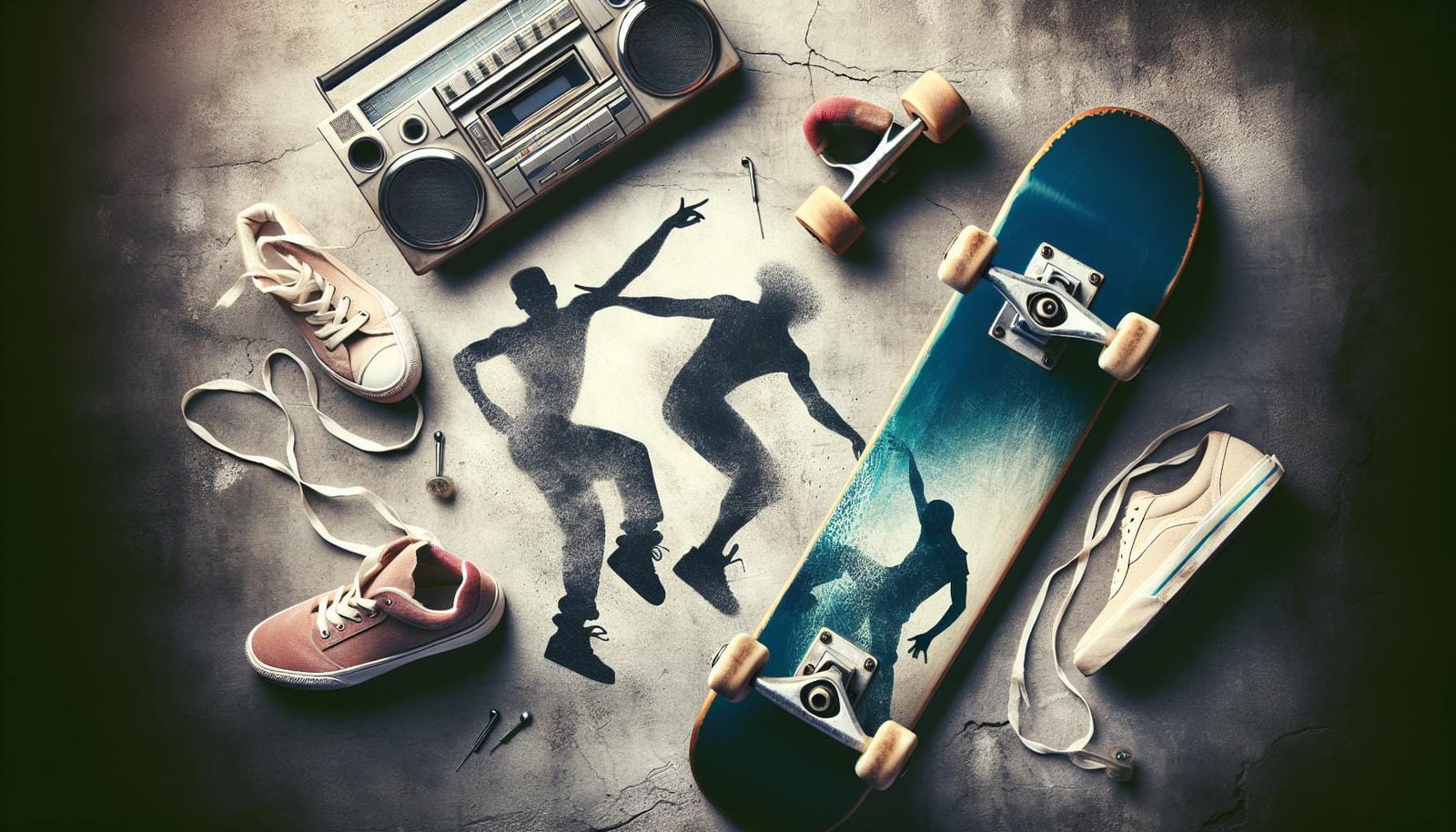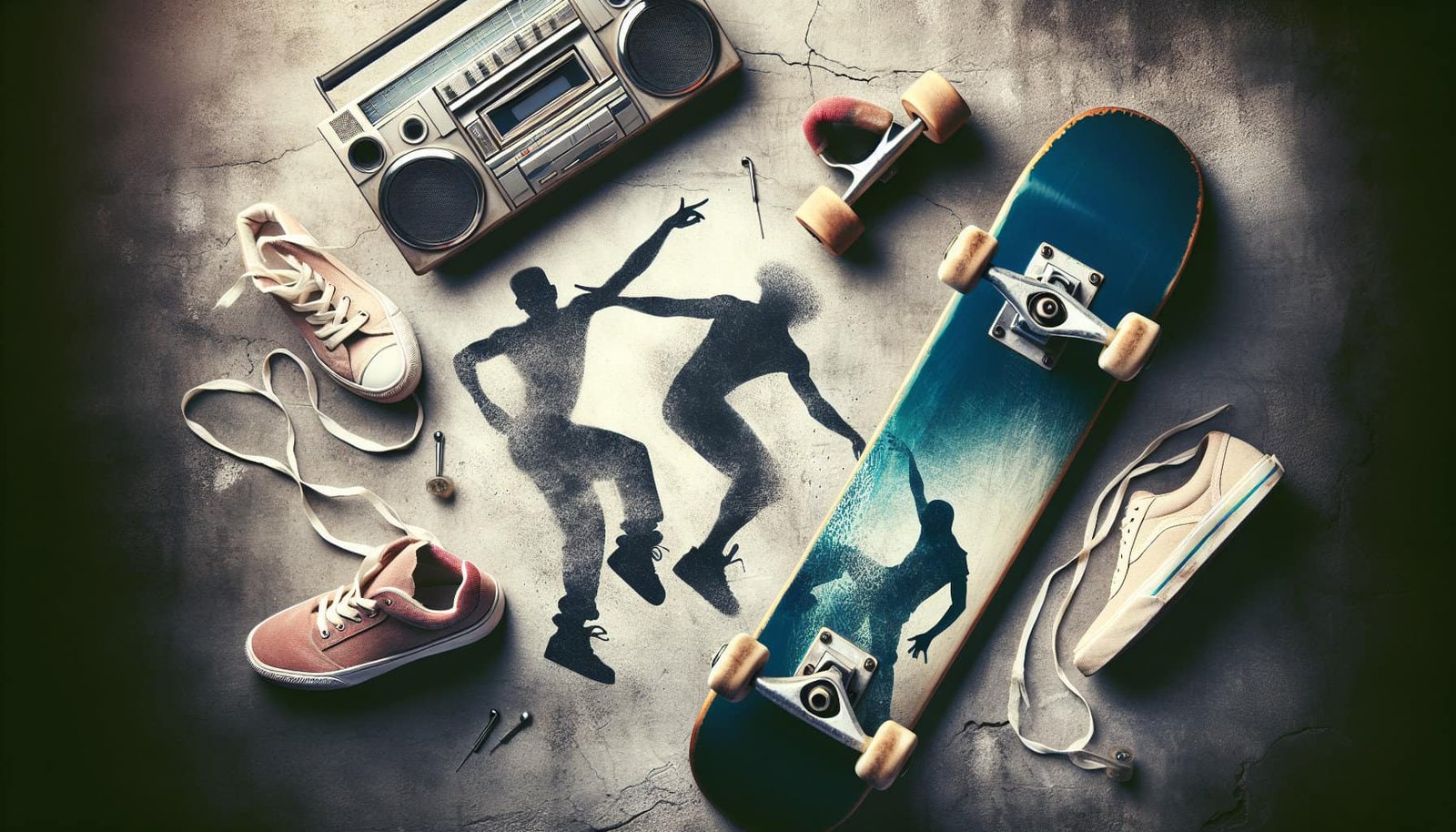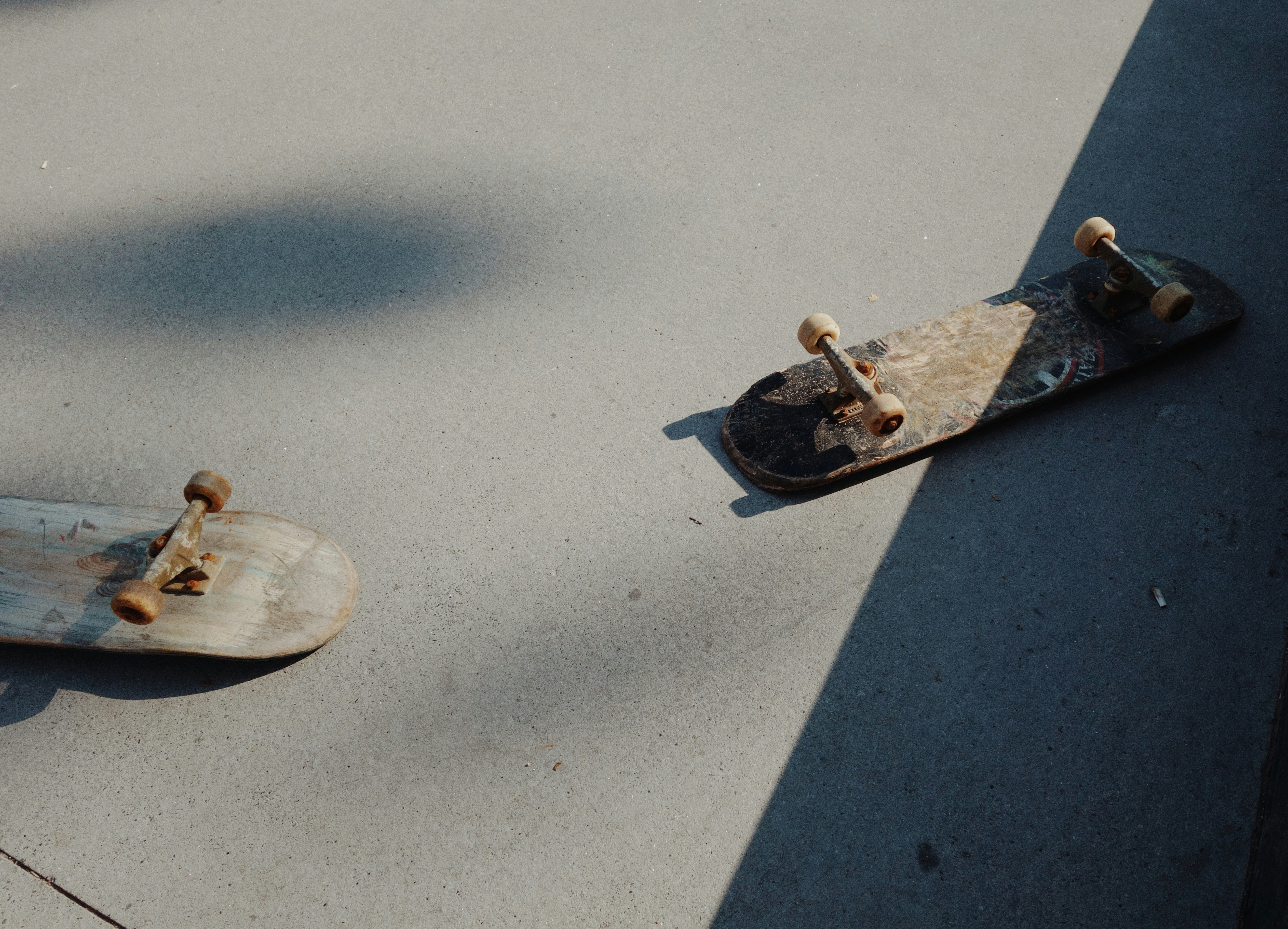Are you eager to learn how to master skateboard freestyle and dancing moves? Look no further! In this article, we will explore the best approaches to help you excel in these exciting disciplines. From understanding the fundamentals to practicing step by step, we will guide you on your journey to becoming a skilled skateboard freestyler and dancer. So, gear up and embrace the thrill of learning as we uncover the secrets to success in these dynamic activities. Learning skateboard freestyle and dancing moves can be an exciting and rewarding journey. Whether you are a beginner just starting out or an experienced skater looking to take your skills to the next level, there are several key approaches that can help you master the art of skateboarding. In this comprehensive guide, we will explore the best approaches to learning skateboard freestyle and dancing moves, covering everything from choosing the right skateboard to finding mentorship and developing your own unique style.
Choosing the Right Skateboard
Before diving into the world of skateboard freestyle and dancing, it is important to choose the right skateboard that suits your needs and preferences. There are several factors to consider when selecting a skateboard, including size, shape, deck material, and truck size and material.
Selecting the Right Skateboard Size
The size of your skateboard plays a crucial role in your overall skating experience. A skateboard that is too small or too large can affect your balance and maneuverability, making it difficult to perform tricks and dance moves. It is recommended to choose a skateboard size that matches your shoe size and riding style.
Choosing the Right Skateboard Shape
Skateboards come in various shapes, each designed for different purposes. For freestyle and dancing, a skateboard with a wider and longer deck is generally preferred, as it offers more stability and surface area for executing tricks and dance moves. Experimenting with different shapes can help you find the one that feels most comfortable and suits your style of skating.
Considering the Skateboard Deck Material
Skateboard decks are commonly made of wood, fiberglass, or carbon fiber. Wood is the most popular and affordable option, providing a good balance of durability and flexibility. Fiberglass and carbon fiber decks offer increased strength and stiffness, but they are often more expensive. Consider your budget and the level of durability and responsiveness you desire when choosing a skateboard deck material.
Selecting the Right Truck Size and Material
Trucks are the metal T-shaped components underneath the skateboard deck that hold the wheels in place. The size and material of the trucks can greatly affect the stability and maneuverability of your skateboard. For freestyle and dancing, trucks with a medium width and responsive material, such as aluminum, are generally recommended. It is also important to ensure that the trucks match the width of your skateboard deck for optimal performance.
Mastering the Basics
Once you have chosen the right skateboard, it is time to master the basics of skateboarding. These foundational skills are essential for progressing in freestyle and dancing.
Understanding Skateboard Stance and Foot Placement
Your stance and foot placement on the skateboard can greatly impact your balance and control. There are two main stances in skateboarding: regular and goofy. In the regular stance, your left foot is positioned at the front of the skateboard, while your right foot is at the back. In the goofy stance, it is the opposite. Experiment with both stances to see which one feels most comfortable for you. Additionally, understanding the proper positioning of your feet for various tricks and dance moves is crucial for executing them correctly.
Learning to Maintain Balance
Maintaining balance is essential for executing tricks and dance moves with precision and control. Practice standing on the skateboard and finding your center of gravity. Start by simply standing still and gradually progress to shifting your weight from one foot to the other. Develop a strong sense of balance before attempting more advanced moves.
Mastering Push-off Techniques
Pushing off is an essential technique for gaining speed and maintaining momentum. Start by placing your front foot on the skateboard and using your back foot to push off the ground. Practice pushing off with different amounts of force to control your speed. As you become more comfortable, experiment with different pushing techniques, such as the mongo push or the regular push.
Practicing Basic Riding Techniques
Before diving into tricks and dance moves, it is important to master basic riding techniques. These include turning, carving, and stopping. Practice making smooth turns by shifting your weight and using the edges of the skateboard. Carving involves making wide and fluid turns by leaning into them. Stopping techniques, such as foot braking or power sliding, are crucial for maintaining control and safety while riding.
Learning Skateboard Freestyle
Once you have a strong foundation in the basics, it is time to delve into the world of skateboard freestyle.
Understanding the Different Skateboard Tricks
Skateboard freestyle involves performing various tricks, each with its own set of skills and techniques. Familiarize yourself with the different types of tricks, such as flip tricks, grind tricks, and slide tricks. Each trick requires a combination of footwork, balance, and timing. Break down the tricks into smaller steps and practice each step individually before putting them together.
Mastering Flatground Tricks
Flatground tricks, also known as street tricks, are performed on flat surfaces without the use of obstacles. These tricks include ollies, kickflips, pop shuvits, and more. Start by mastering the basic ollie, which involves jumping off the ground while simultaneously bringing the skateboard with you. Practice each trick repeatedly until you can perform them consistently and confidently.
Learning to Ollie
The ollie is one of the most fundamental tricks in skateboarding. It forms the basis for many other tricks and allows you to navigate obstacles and perform aerial maneuvers. To perform an ollie, you need to pop the tail of the skateboard down while jumping, sliding your front foot up the skateboard, and leveling out in the air. Break down the ollie into smaller steps and practice each step until you can smoothly execute the entire trick.
Practicing Grinds and Slides
Grinds and slides are tricks that involve sliding along edges or rails with the skateboard. These tricks require a combination of balance, precision, and control. Start by practicing basic grinds, such as 50-50s and boardslides, on curbs or low rails. As you become more comfortable, progress to more advanced grinds and slides on larger obstacles.
Developing Skateboard Dance Skills
Skateboard dancing is a unique form of expression that combines elements of freestyle, creativity, and choreography. Here are some tips for developing your skateboard dance skills.
Understanding the Basics of Skateboard Dance
Skateboard dance involves performing fluid and expressive movements on the skateboard, incorporating elements of footwork, spins, and jumps. It is important to have a strong foundation in basic riding techniques before diving into skateboard dance. Understanding rhythm, timing, and musicality can also greatly enhance your dance skills.
Learning to Turn and Rotate
Turning and rotating are fundamental movements in skateboard dance. Practice making smooth and controlled turns by shifting your weight and using your body to guide the skateboard. Experiment with different turning techniques, such as pivot turns or cross-step turns. Mastering rotations, such as 180-degree spins or pirouettes, can add flair and creativity to your dance moves.
Practicing Footwork and Shuffles
Footwork and shuffles are integral to skateboard dance, adding rhythm and style to your movements. Practice different footwork patterns and shuffles by stepping on and off the skateboard in various sequences. Experiment with different speeds and rhythms, and incorporate them into your dance routines.
Incorporating Tricks and Choreography
Skateboard dance allows for a unique blend of tricks and choreography. Experiment with integrating tricks into your dance routines, such as incorporating an ollie or a manual into a sequence. Develop your own choreography by combining different movements, transitions, and tricks. Let your creativity and personal style shine through in your dance routines.
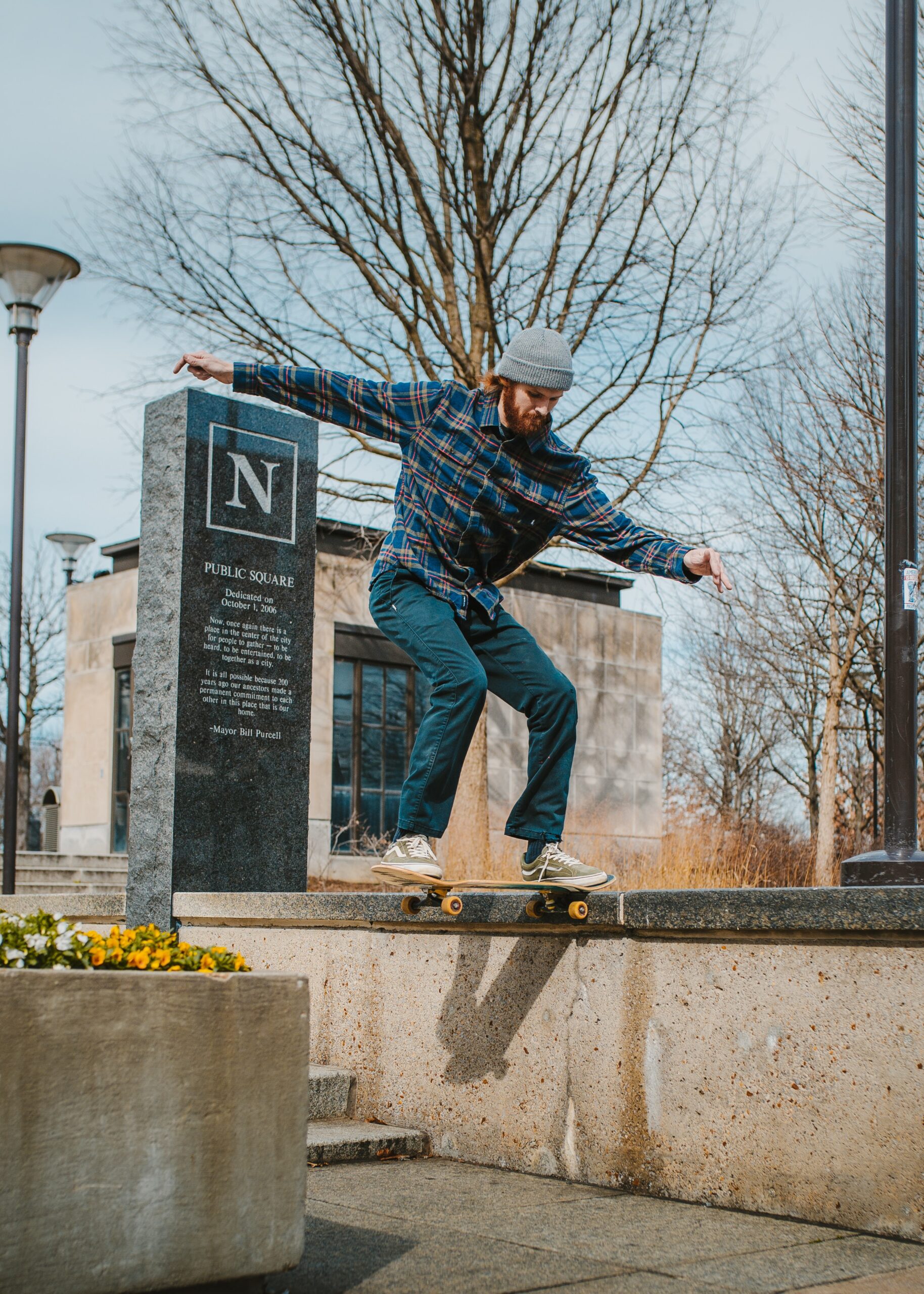
Safety Precautions
Skateboarding can be a thrilling and exhilarating activity, but it is important to prioritize safety. Here are some safety precautions to keep in mind while learning skateboard freestyle and dancing.
Wearing Protective Gear
Always wear appropriate protective gear, such as a helmet, knee pads, elbow pads, and wrist guards. These protective gears can provide essential protection against injuries in case of falls or accidents. Invest in high-quality gear that fits properly and offers adequate protection.
Choosing the Right Skate Spot
Selecting the right skate spot is important for both your safety and the safety of others. Choose areas that are specifically designated for skateboarding or have smooth, flat surfaces free from obstacles. Avoid overcrowded areas and always be mindful of pedestrians and vehicles.
Practicing in Controlled Environments
Starting off in controlled environments, such as skate parks or empty parking lots, can help you develop your skills in a safer and more controlled setting. These environments often provide features and obstacles that are designed for skateboarding, allowing you to practice tricks and dance moves in a safer manner.
Learning How to Fall Safely
Learning how to fall safely is an essential skill in skateboarding. Practice falling techniques, such as rolling, to minimize the impact and prevent serious injuries. Additionally, always be aware of your surroundings and avoid attempting tricks or maneuvers that are beyond your skill level.
Tips and Techniques for Progression
Progressing in skateboard freestyle and dancing requires patience, persistence, and a growth mindset. Here are some helpful tips and techniques for advancing your skills.
Breaking Tricks into Smaller Steps
When learning new tricks or dance moves, break them down into smaller, more manageable steps. Focus on mastering each step before moving on to the next. This approach allows you to build a solid foundation and develop muscle memory, making it easier to progress to more advanced moves.
Setting Achievable Goals
Setting achievable goals is crucial for maintaining motivation and measuring your progress. Start with small, attainable goals and slowly work your way up to more challenging ones. Celebrate your achievements along the way and use them as fuel to keep pushing yourself.
Practicing Consistently and Regularly
Consistent and regular practice is key to improving your skateboarding skills. Set aside dedicated practice sessions and make it a habit to skate regularly. Even short practice sessions can be beneficial, as long as you focus on quality and deliberate practice.
Seeking Feedback and Guidance
Seeking feedback and guidance from experienced skateboarders can greatly accelerate your learning process. Skateboarding communities, workshops, and events provide opportunities to connect with skilled practitioners who can offer valuable advice and insights. Be open to constructive feedback and learn from others who have mastered the skills you aspire to achieve.
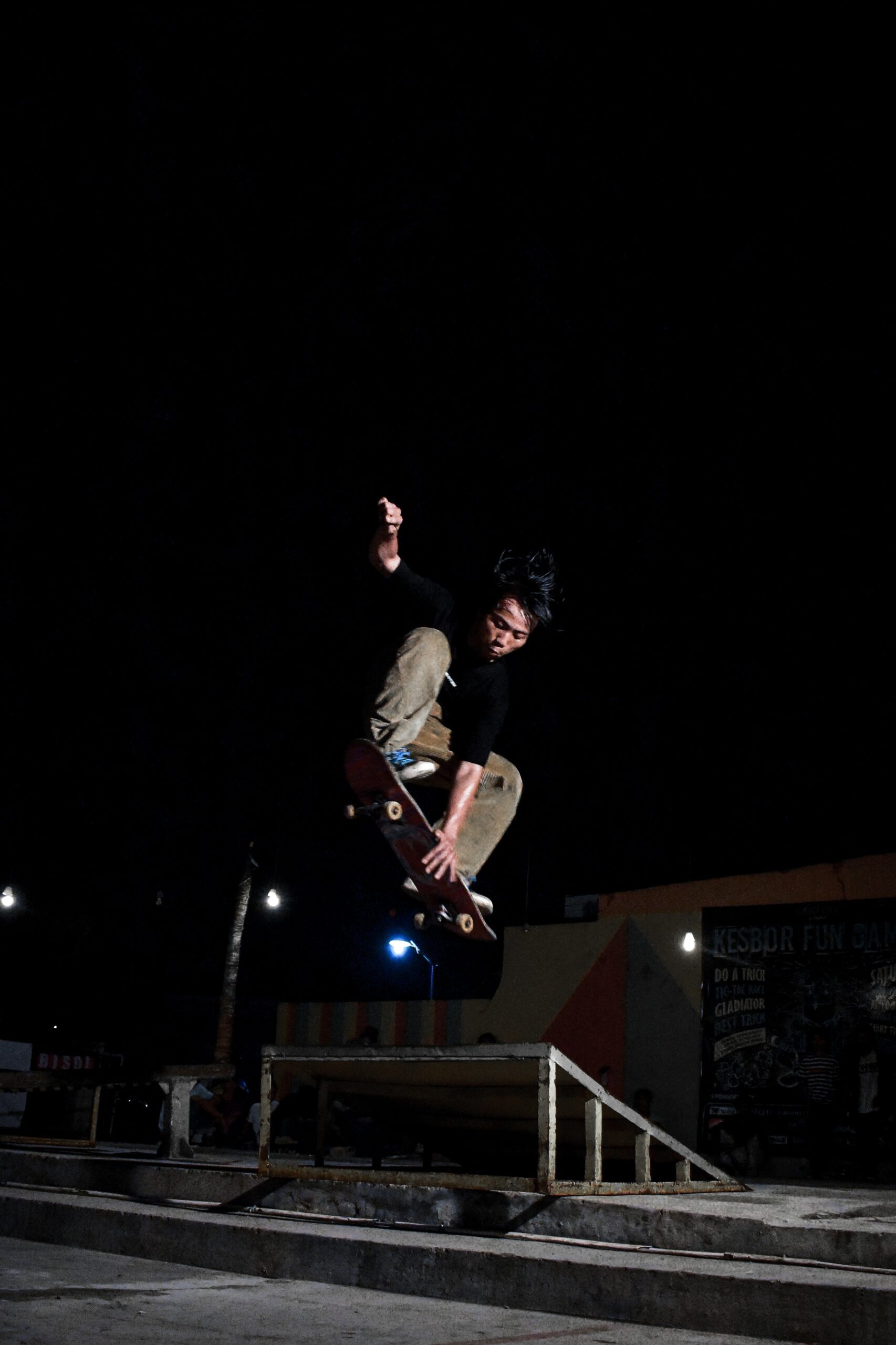
Utilizing Online Resources
Advancements in technology have made it easier than ever to access valuable resources and information for learning skateboard freestyle and dancing. Here are some ways to utilize online resources to enhance your learning experience.
Watching Skateboard Freestyle and Dance Tutorials
There are numerous online platforms, such as YouTube, that offer a wide range of skateboard freestyle and dance tutorials. Take advantage of these resources by watching tutorials from experienced skateboarders who specialize in freestyle and dancing. Study their techniques, follow their instructions, and practice along with them.
Participating in Online Communities
Online communities and forums dedicated to skateboarding provide a platform to connect with fellow skaters from around the world. Engage in discussions, share your progress, and ask for advice. These communities can offer support, inspiration, and the opportunity to learn from others who share the same passion for skateboarding.
Using Skill-Building Apps and Platforms
Technology has given rise to various skill-building apps and platforms specifically designed for skateboarding. These apps often provide step-by-step tutorials, progress tracking features, and interactive challenges to help you improve your skills. Explore different apps and platforms to find the ones that align with your learning style and goals.
Finding Inspiration from Skilled Practitioners
Social media platforms, such as Instagram and TikTok, are teeming with talented skateboarders showcasing their skills. Follow skilled practitioners in the realm of skateboard freestyle and dancing to gain inspiration and ideas. Observe their techniques, learn from their performances, and adapt their moves to your own style.
The Importance of Physical Conditioning
Skateboarding, especially freestyle and dancing, requires a certain level of physical conditioning. Here are some key aspects of physical conditioning to keep in mind.
Maintaining Strength and Flexibility
Developing strength and flexibility is crucial for executing tricks and dance moves with control and precision. Engage in exercises that target your core, legs, and upper body to build the necessary strength. Incorporate stretching exercises to improve flexibility and prevent muscle tightness.
Doing Skateboarding-Specific Exercises
Specific exercises can help improve your skateboarding performance and prevent injuries. Plyometric exercises, such as box jumps and jump squats, can enhance your explosiveness and power. Balance exercises, such as one-legged squats or standing on a balance board, can improve your stability and control.
Improving Endurance and Stamina
Skateboarding freestyle and dancing can be physically demanding, requiring endurance and stamina. Engage in cardiovascular exercises, such as running or cycling, to improve your endurance. Practice long skate sessions or incorporate interval training to build your stamina.
Ensuring Proper Rest and Recovery
Just like any other physical activity, rest and recovery are vital for optimal performance and injury prevention. Allow your body to rest and recover between skate sessions to prevent overuse injuries. Incorporate activities such as stretching, foam rolling, and adequate sleep to aid in your recovery process.
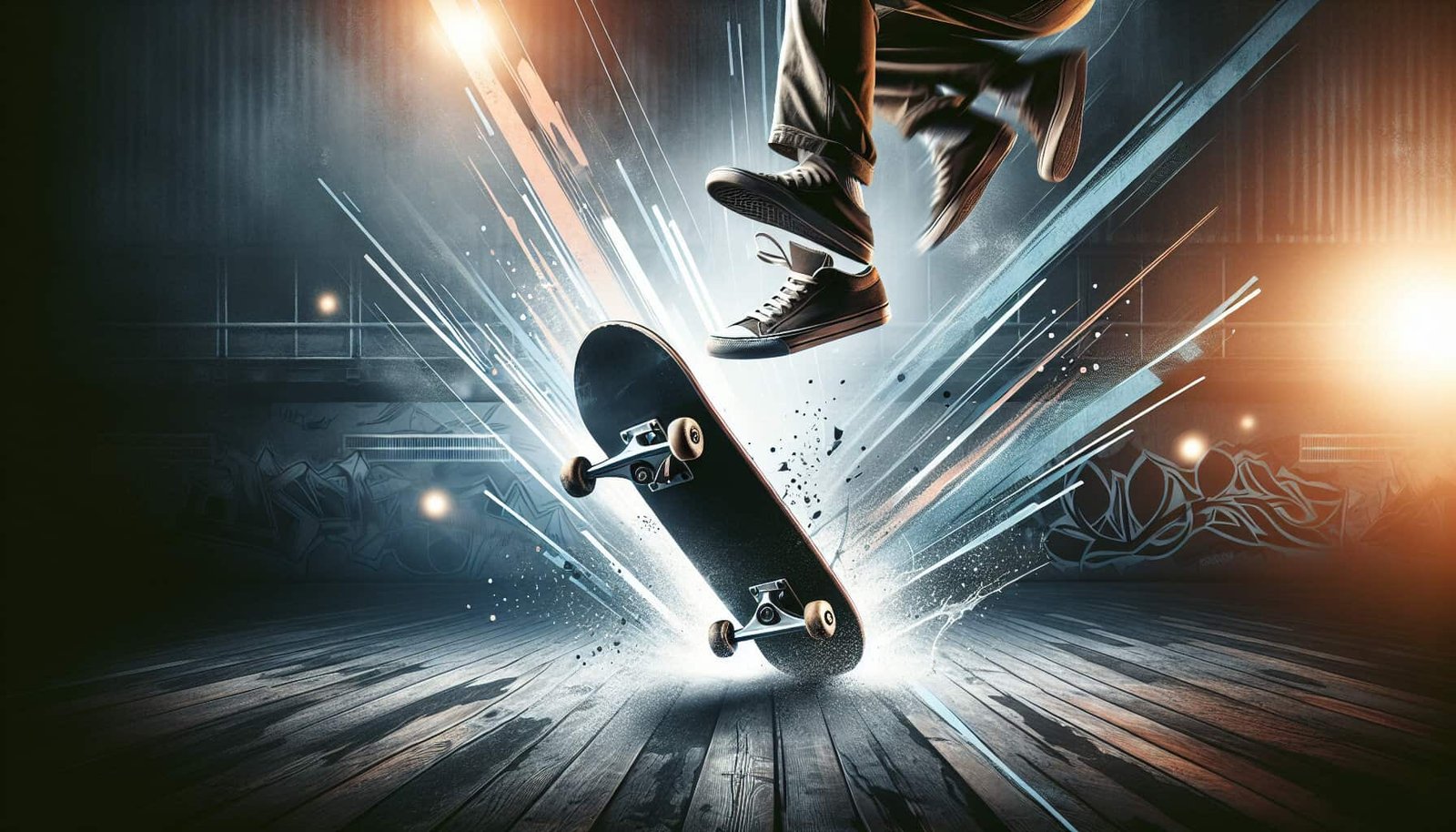
Finding Mentorship and Joining Skateboarding Communities
Skateboarding is a social activity, and finding mentorship and joining skateboarding communities can greatly enhance your learning experience. Here are some ways to connect with experienced skateboarders and become part of a skateboarding community.
Connecting with Experienced Skateboarders
Reach out to experienced skateboarders in your local skate park or community. Strike up conversations, ask for advice, and express your interest in learning freestyle and dancing. Many experienced skaters are happy to share their knowledge and provide guidance to aspiring skaters.
Attending Skateboarding Workshops and Events
Skateboarding workshops and events are a great way to learn from experts in the field and connect with like-minded individuals. Attend local workshops or seek out larger skateboarding events in your area. These events often offer opportunities for hands-on learning, networking, and gaining valuable insights from professionals.
Joining Local Skateboarding Clubs or Teams
Joining local skateboarding clubs or teams can provide a supportive and collaborative environment for learning and growing as a skateboarder. These clubs often offer regular practice sessions, group outings, and opportunities to participate in local competitions. Surrounding yourself with a community of skateboarders can inspire and motivate you to push your limits.
Participating in Skateboarding Competitions
Competing in skateboarding competitions can be a thrilling and rewarding experience. Look for local competitions in your area and consider participating. Competing not only challenges you to perform at your best but also provides an opportunity to showcase your skills, receive feedback from judges, and connect with fellow skateboarders.
Exploring Creativity and Individual Style
Skateboarding freestyle and dancing offer a platform for self-expression and creativity. Embrace your individual style and explore different ways to express yourself on the skateboard.
Developing a Unique Skateboarding Style
Skateboarding is a form of artistic expression, and developing your own unique style is an integral part of the journey. Experiment with different movements, tricks, and sequences to find what feels most authentic to you. Embrace your strengths, preferences, and personal flair to create a skateboarding style that is uniquely yours.
Experimenting with Different Dance Moves
Skateboard dancing allows for endless possibilities and creativity. Don’t be afraid to experiment with different dance moves, footwork patterns, and spins. Incorporate elements from other dance styles, such as hip-hop or contemporary, to add variety and depth to your routines. Let your intuition and imagination guide you as you explore new moves and combinations.
Combining Different Skateboarding Techniques
Skateboarding freestyle and dancing enable you to combine different techniques to create original and innovative moves. Challenge yourself to merge elements of flatground tricks, grinds, and slides into your dance routines. The possibilities are limitless, and by pushing the boundaries of what is traditionally considered as freestyle or dancing, you can create your own unique blend of styles.
Creating Original Choreography
Choreographing your own routines is a chance to fully express your artistic vision and showcase your skills. Experiment with different sequences, transitions, and moments of stillness to create a cohesive and visually compelling performance. Allow your creativity to flow freely as you piece together your moves and bring your vision to life.
Learning skateboard freestyle and dancing moves requires dedication, practice, and patience. By choosing the right skateboard, mastering the basics, developing skills in freestyle and dancing, prioritizing safety, utilizing online resources, conditioning your body, finding mentorship, and exploring your creativity, you can embark on a fulfilling and exciting skateboarding journey. So grab your skateboard, let your passion guide you, and enjoy the freedom of expressing yourself through skateboarding freestyle and dancing.
